
Digital sobriety

Limit the environmental footprint of your digital usage without limiting its impact on your activities
Digitalization is a driver of economic and social development. However, from an environmental perspective, the carbon footprint of digital technologies is far from neutral, making the adoption of a more sustainable approach to digital sobriety essential. In this context, our specialized team supports companies in integrating digital ecology into their environmental roadmap.
They trust us

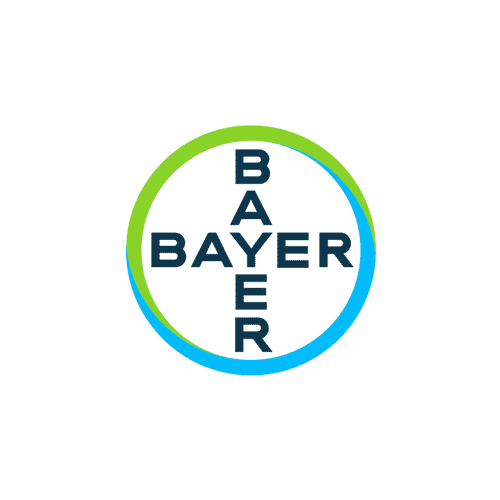





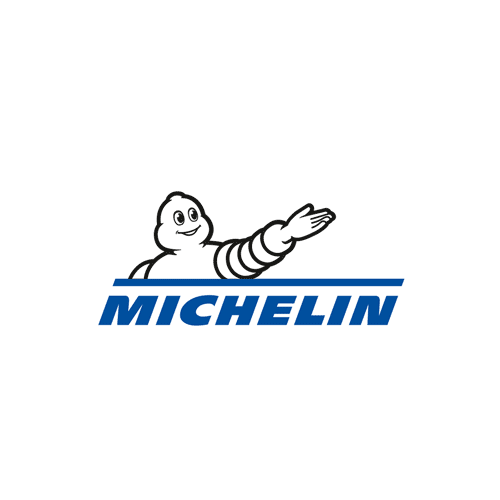

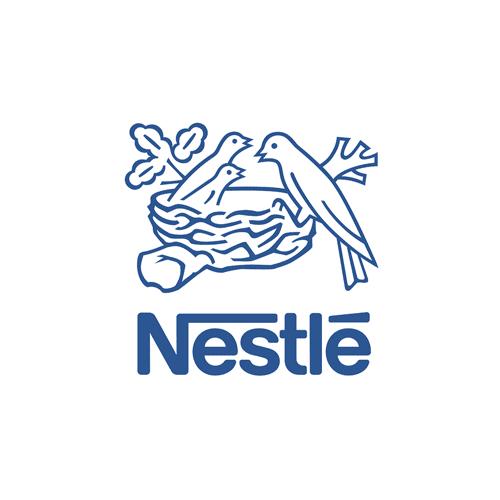
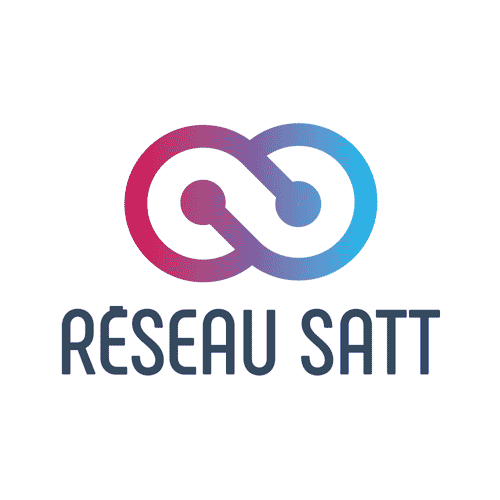
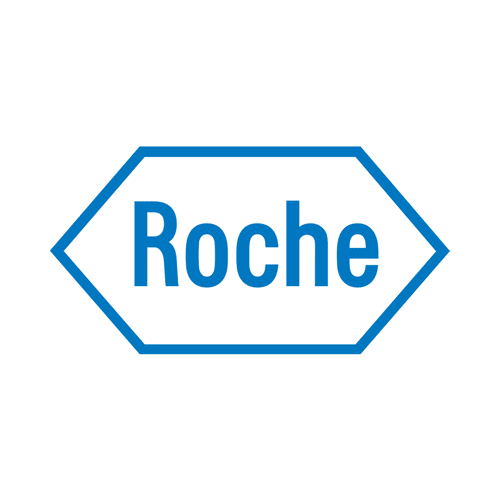

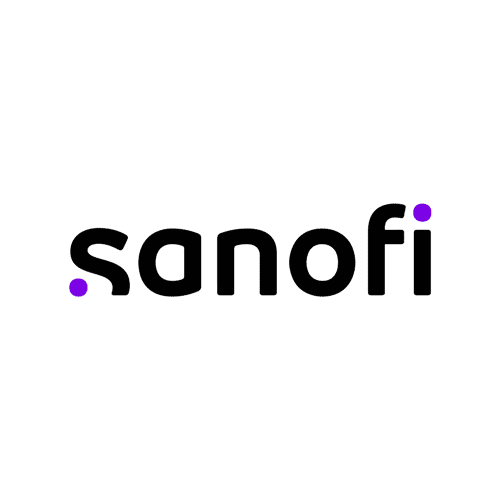
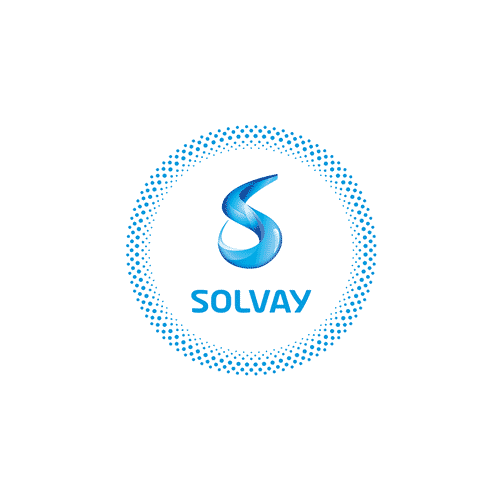


The challenges related to digital sobriety
The expansion of digital usage leads to undesirable effects such as an increase in energy consumption and the use of raw materials that can cause conflicts over resources (e.g., rare metals), increasing greenhouse gas emissions, and a multiplication of electronic waste.
The challenges of making the digital sector more sustainable and responsible include limiting the overall carbon footprint, making the digitalization of companies and public organizations sustainable, and rethinking individual usage patterns in a rational manner.
Digital technology represents 4% of global greenhouse gas emissions. Operationally, the carbon footprint of digital technology can be divided into three levels:
- digital devices and services manufacturing
- energy consumption of network infrastructure
- use of digital devices
To limit this global impact, several avenues can be explored. On the level of manufacturing, eco-design, extending the lifespan of digital devices, and promoting their recycling are important considerations. In terms of the impact of usage, there is a strong need to regulate it to avoid rebound effects, and to associate the digitalization with an energy transition that will decarbonize energy consumption and associated resources.
How can we create useful and sustainable digital tools? What incentives can be implemented to promote the use of second-hand equipment as an alternative to new devices? How can energy distribution for digital usage be optimized both spatially and temporally?
More and more companies and organizations are focusing on the resilience of their information systems. This approach includes considering environmental issues in the launch and management of digital projects. It is about changing the approach and usage of technology for each organization, regardless of its size, by expanding decision criteria beyond short-term or medium-term return on investment.
These choices can be made at the level of the devices (such as the widespread use of dual SIM pro/personal phones) as well as the use and consumption of data (such as storing data on a shared local platform and minimizing the use of cloud storage platforms).
What equipment should be used within the information system? Which decision-making business functions should be involved in the deployment of eco-digital practices? How can employees be involved in implementing frugality on a daily basis?
Our individual lifestyles are becoming compulsively digitized, as underlined by increasing popularity of trends like self-driving cars, virtual worlds (such as the metaverse), the growing enthusiasm for cryptocurrencies, and the widespread use of applications and social networks. This trend is associated with significant risks, including sedentary behavior, psychological and attention disorders, and, worryingly, a potential inability to change these practices. Indeed, a large portion of actors have built their business models on the attention economy, which relies on advertising and data sales to monopolize users’ attention and promote excessive consumption.
In this context, the levers for digital sobriety involve promoting genuine digital hygiene involving individuals and organizations. This includes regular data cleaning, raising awareness among users about the risks associated with “over-connection,” and, most importantly, regulating the modalities of consuming digital content. Regarding the latter point, it is necessary to rethink the monopolies held by Big Tech platforms and regulate the design and dissemination of algorithms that capture users’ attention or create filter bubbles that isolate them.
How can we preserve the benefits of digital technology at the individual level and protect against associated risks? What prevention and awareness strategies should be implemented? At what scales should these actions be taken?
How we support you in your projects related to digital sobriety
With over 30 years of experience in innovation and new market development, Alcimed is particularly well-positioned to explore the subject of digital ecology with our clients.
Our team works on diverse subjects such as identification and characterization of low tech technologies, designing RSE roadmaps including aspects of digital responsibility, searching for partners, analyzing user pathways, building value propositions, evaluating business cases, and other projects centered around transitioning towards digital ecology.
The diversity of our clients (including industry leaders, health tech companies, academics, institutions, and others), the geographic areas we explore, and the types of projects we carry out give us a global and in-depth understanding of the problems and challenges linked to digital sobriety.
Examples of recent projects carried out for our clients in digital sobriety
Digital transformation of industrial sites for a pharmaceutical player
Alcimed helped a major pharmaceutical company in defining their strategy for four of their industrial sites.
In this context, we started by carrying out a benchmark of similar players who had carried out digital transformation projects in their factories. In parallel, our teams built a roadmap of the equipment used (or that could be used) in their industry. The diagnostic of the four factories allowed for the prioritization of challenges to be addressed and for an in-depth investigation of potential solutions.
The result for our client? A clear responsible digitalization strategy, with a prioritization of first proof of concept initiatives and their associated deployment roadmaps.
Opportunity evaluation and partner search in the field of teletherapy
We worked with one of our clients, a leading company in the healthcare industry, in evaluating a strategic opportunity in the market of speech disorders.
To do so, our team conducted a literature review and targeted interviews to identify the main actors, and in order to understand and evaluate the market of teletherapy for speech and language disorders. We interviewed potential partners to understand their solutions and their current business models in order to explore a potential partnership for our client.
At the end of the project, our client could short-list partners with responsible practices, meet with them, and make a business deal with one of them.
Development of a “customer-centric” digital strategy for an industry player
Our client, a major industry player, aimed to become “fully customer-centric”, putting the client at the center of their attention at every level of their business.
To support this vision and contribute to their roadmap, we carried out an investigative benchmark of the digitalization of customers relations (both in and outside of the client’s sector) and of the interaction with their customers in Europe and the US.
Our work allowed us to challenge the first ideas of our client by integrating a more responsible dimension, and by transforming their vision into an operational plan of action.
Analyzing the environmental impact of the transformation of a clinical development model to a completely digital model
Alcimed supported a leading pharmaceutical company to analyze the environmental impact of their initiative to digitalize their clinical trials.
This project helped to define a comparative model between different modes of clinical trials, by analyzing the life cycles of different activities, including movement and transport, waste elimination, and the production and storage of data.
This model brought to light the differences in impact on the climate, as well as on human health, usage of resources (fossil fuel, raw mineral materials, water), and even on biodiversity.
Our work allowed our client to identify and put in place a plan of action to reduce the environmental impact of digital clinical trials across the world.
Benchmark of digital solutions used in the agricultural sector for field cultivation
We worked with a digital player to draw up a snapshot of the current landscape of digital solutions used in the agricultural sector, in particular for field cultivation and viticulture.
We were able to provide an exhaustive overview of existing solutions and to select several players of interest for a more in-depth characterisation of their digital solutions and strategies.
This information enabled our client to adapt and expand its offering over the medium term.
Assessment of the carbon impact of a manufacturer's new digital equipment
In order to improve the performance of its equipment and offer new services to its customers, a manufacturer wanted to add a digital layer to the equipment it was producing and be able to use the data. However, they were also concerned about the carbon footprint of the new equipment and the digital overlay.
We therefore helped this player to study the impact of this digitalisation, aimed at replacing mechanical components with IT components (such as servers), by establishing different development scenarios.
We helped them optimise their IT installations and define action plans to limit the carbon footprint of the new intelligent equipment.
You have a project?
To go further
Data - AI
Cold data storage: an ecological solution for reducing the environmental impact of data
As data volumes increase, data storage requires more and more energy. Some techniques can help limit its ecological footprint. Here's one: cold data storage.
Data - AI
2 ways to limit the environmental impact of digital technology through sustainable data management
The environmental impact of digital is equal to that of air transport. So why and how can you adopt sustainable data management in your company?
Data - AI
Green cloud computing: a sustainable solution for reducing the environmental impact of data storage?
Data: an activity with a high environmental impact Today, digital technology represents between 2-4% of worldwide greenhouse gas emissions. An underestimated environmental footprint Today, many ...
Founded in 1993, Alcimed is an innovation and new business consulting firm, specializing in innovation driven sectors: life sciences (healthcare, biotech, agrifood), energy, environment, mobility, chemicals, materials, cosmetics, aeronautics, space and defence.
Our purpose? Helping both private and public decision-makers explore and develop their uncharted territories: new technologies, new offers, new geographies, possible futures, and new ways to innovate.
Located across eight offices around the world (France, Europe, Singapore and the United States), our team is made up of 220 highly-qualified, multicultural and passionate explorers, with a blended science/technology and business culture.
Our dream? To build a team of 1,000 explorers, to design tomorrow’s world hand in hand with our clients.
Digital sobriety aims at maximizing the positive impact of technologies on society while minimizing its negative impacts on the environment. In other words, it involves implementing practices to promote synergy between ecological and digitalization. The stakeholders involved in this method include digital service designers, private companies, public organizations, and individual consumers.
There are a number of ways in which you can limit the environmental impact of digital technology while continuing to benefit from its advantages:
- Optimising servers, software and algorithms to reduce hardware and energy resources.
- Raising employee awareness of more sustainable practices (limiting data consumption, for example by avoiding duplication, cleaning up mailboxes and archiving, etc.).
- Purchasing eco-designed equipment, extending its lifespan and integrating it into the recycling chain as a last option.


